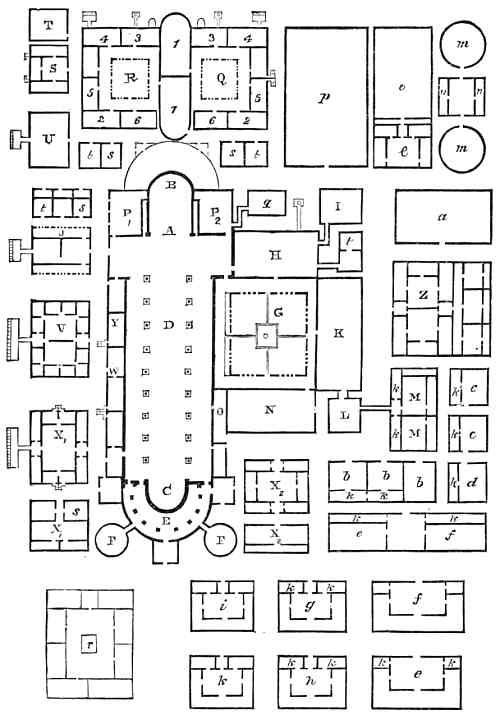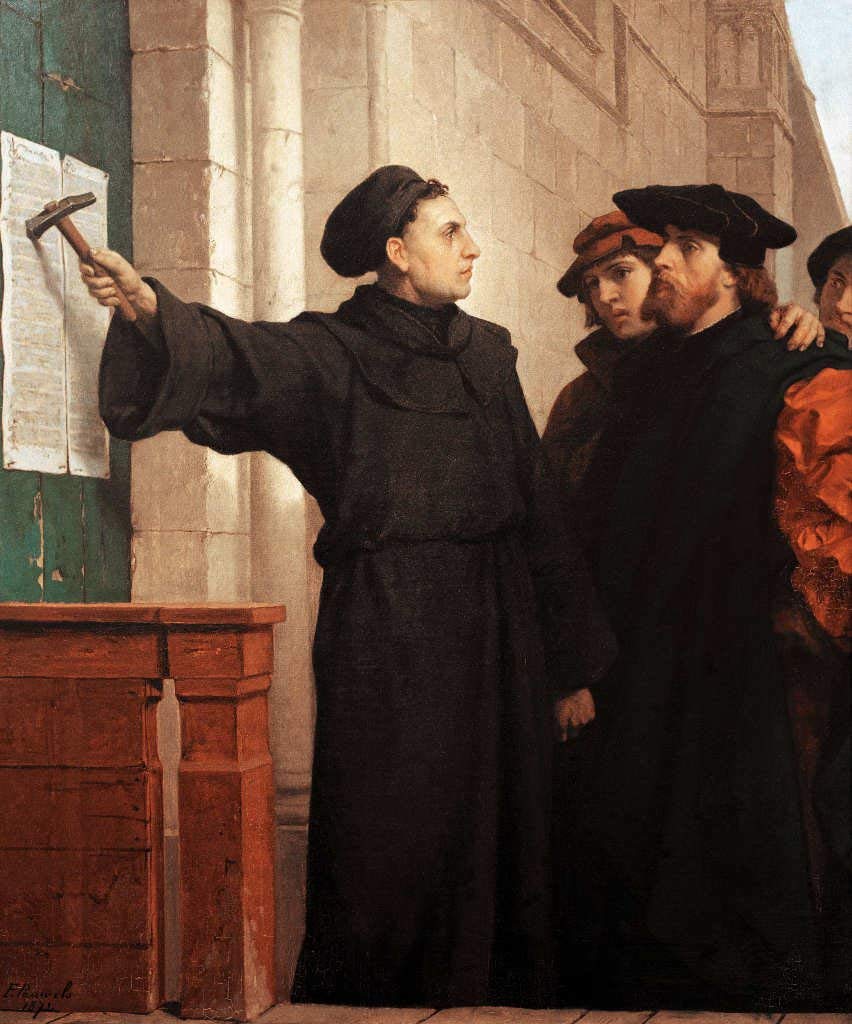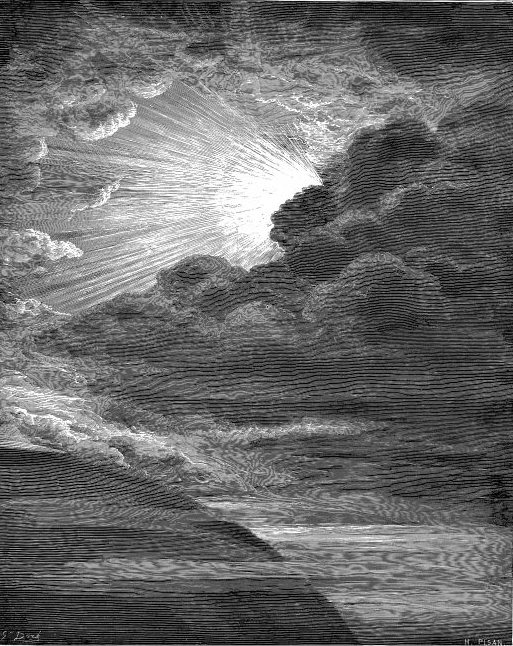|
Viborg, Denmark
Viborg () is a city in central Jutland, Denmark, the capital of both Viborg municipality and Region Midtjylland. Viborg is also the seat of the Western High Court, the Courts of Denmark, High Court for the Jutland peninsula. Viborg Municipality is the second-largest Denmark, Danish municipality, covering 3.3% of the country's total land area. History Viborg is one of the oldest cities in Denmark, with Viking settlements dating back to the late 8th century. Its central location gave the city great strategic importance, in political and religious matters, during the Middle Ages. A motte-and-bailey-type castle was once located in the city. Viborg's name is a combination of two Old Norse words: ''vé'', meaning a holy place, and ''borg'', meaning a fort, but the original name of the town was ''Vvibiærgh'', where ''-biærgh'' means hill (modern Danish ''-bjerg'' (mountain). Economy Viborg municipality is where the Apple Inc., Apple Foulum Data Center is located which opened in Sept ... [...More Info...] [...Related Items...] OR: [Wikipedia] [Google] [Baidu] |
Denmark
Denmark is a Nordic countries, Nordic country in Northern Europe. It is the metropole and most populous constituent of the Kingdom of Denmark,, . also known as the Danish Realm, a constitutionally unitary state that includes the Autonomous administrative division, autonomous territories of the Faroe Islands and Greenland in the north Atlantic Ocean.* * * Metropolitan Denmark, also called "continental Denmark" or "Denmark proper", consists of the northern Jutland peninsula and an archipelago of 406 islands. It is the southernmost of the Scandinavian countries, lying southwest of Sweden, south of Norway, and north of Germany, with which it shares a short border. Denmark proper is situated between the North Sea to the west and the Baltic Sea to the east.The island of Bornholm is offset to the east of the rest of the country, in the Baltic Sea. The Kingdom of Denmark, including the Faroe Islands and Greenland, has roughly List of islands of Denmark, 1,400 islands greater than in ... [...More Info...] [...Related Items...] OR: [Wikipedia] [Google] [Baidu] |
Viking
Vikings were seafaring people originally from Scandinavia (present-day Denmark, Norway, and Sweden), who from the late 8th to the late 11th centuries raided, pirated, traded, and settled throughout parts of Europe.Roesdahl, pp. 9–22. They also voyaged as far as the Mediterranean Sea, Mediterranean, North Africa, the Middle East, Greenland, and Vinland (present-day Newfoundland in Canada, North America). In their countries of origin, and some of the countries they raided and settled in, this period is popularly known as the Viking Age, and the term "Viking" also commonly includes the inhabitants of the Scandinavian homelands as a whole. The Vikings had a profound impact on the Early Middle Ages, early medieval history of Northern Europe, northern and Eastern Europe, including the political and social development of England (and the English language) and parts of France, and established the embryo of Russia in Kievan Rus'. Expert sailors and navigators of their cha ... [...More Info...] [...Related Items...] OR: [Wikipedia] [Google] [Baidu] |
Monastery
A monastery is a building or complex of buildings comprising the domestic quarters and workplaces of Monasticism, monastics, monks or nuns, whether living in Cenobitic monasticism, communities or alone (hermits). A monastery generally includes a place reserved for prayer which may be a chapel, Church (building), church, or temple, and may also serve as an Oratory (worship), oratory, or in the case of Cenobium, communities anything from a single building housing only one senior and two or three junior monks or nuns, to vast complexes and estates housing tens or hundreds. A monastery complex typically comprises a number of buildings which include a church, dormitory, cloister, refectory, library, Wiktionary:balneary, balneary and Hospital, infirmary and outlying Monastic grange, granges. Depending on the location, the monastic order and the occupation of its inhabitants, the complex may also include a wide range of buildings that facilitate self-sufficiency and service to the commun ... [...More Info...] [...Related Items...] OR: [Wikipedia] [Google] [Baidu] |
Protestant Reformation
The Reformation, also known as the Protestant Reformation or the European Reformation, was a time of major theological movement in Western Christianity in 16th-century Europe that posed a religious and political challenge to the papacy and the authority of the Catholic Church. Towards the end of the Renaissance, the Reformation marked the beginning of Protestantism. It is considered one of the events that signified the end of the Middle Ages and the beginning of the early modern period in Europe. The Reformation is usually dated from Martin Luther's publication of the '' Ninety-five Theses'' in 1517, which gave birth to Lutheranism. Prior to Martin Luther and other Protestant Reformers, there were earlier reform movements within Western Christianity. The end of the Reformation era is disputed among modern scholars. In general, the Reformers argued that justification was based on faith in Jesus alone and not both faith and good works, as in the Catholic view. In the ... [...More Info...] [...Related Items...] OR: [Wikipedia] [Google] [Baidu] |
Skovgaard Museum
The Skovgaard Museum is an art museum in Viborg, Denmark. It is situated in the former town hall from 1728 next to Viborg Cathedral and holds a collection of works by four generations of the Skovgaard family of artists. The Permanent Collection The main feature of the permanent collection is the work of the members of the Skovgaard family. P. C. Skovgaard, Peter Christian Skovgaard (1817–1875) was the principal representative of national romantic landscapes of the Golden Age of Danish painting. P. C. Skovgaard married Georgia Skovgaard (1828-1868). Their sons, Joakim Skovgaard (1856–1933) created the mural decorations in Viborg Cathedral and Niels Skovgaard (1858–1938) also worked with landscape painting. However, their work is characterized rather by Symbolism (arts), Symbolism and burgeoning Modernism. The collection holds exquisite examples of landscape painting as well as religious and mythological subjects. The circle of artists surrounding the Skovgaard family is als ... [...More Info...] [...Related Items...] OR: [Wikipedia] [Google] [Baidu] |
Bible
The Bible is a collection of religious texts that are central to Christianity and Judaism, and esteemed in other Abrahamic religions such as Islam. The Bible is an anthology (a compilation of texts of a variety of forms) originally written in Hebrew, Aramaic, and Koine Greek. The texts include instructions, stories, poetry, prophecies, and other genres. The collection of materials accepted as part of the Bible by a particular religious tradition or community is called a biblical canon. Believers generally consider it to be a product of divine inspiration, but the way they understand what that means and interpret the text varies. The religious texts were compiled by different religious communities into various official collections. The earliest contained the first five books of the Bible, called the Torah in Hebrew and the Pentateuch (meaning 'five books') in Greek. The second-oldest part was a collection of narrative histories and prophecies (the Nevi'im). The third co ... [...More Info...] [...Related Items...] OR: [Wikipedia] [Google] [Baidu] |
Joakim Skovgaard
Joakim Frederik Skovgaard (18 November 1856 – 9 March 1933) was a Danish painter. He is remembered above all for the frescos which decorate Viborg Cathedral. Biography Born in Copenhagen, from an early age he was trained in drawing and painting by his father P.C. Skovgaard in the Danish Golden Age tradition and had close contacts with N.F.S. Grundtvig. He studied at the Royal Danish Academy of Fine Arts from 1871 to 1876 and attended Léon Bonnat's school in Paris in the winter of 1880-81 where he was influenced by the trend towards Realism. In the 1880s, he travelled to Italy and to Greece, where he was accompanied by Kristian Zahrtmann, developing an interest in Symbolism. In Rome, he was influenced by the Impressionist Impressionism was a 19th-century art movement characterized by visible brush strokes, open Composition (visual arts), composition, emphasis on accurate depiction of light in its changing qualities (often accentuating the effects of the passage ... appr ... [...More Info...] [...Related Items...] OR: [Wikipedia] [Google] [Baidu] |
Saint Kjeld Of Viborg
Kjeld or Ketil (, ; 1100–1150) was a 12th-century Danish clergyman. He is venerated as a saint in Denmark, by both Catholics and Danish Lutherans. Life Kjeld was born in the early 12th century to wealthy parents, who lived on a farm in the Randers area. It was soon decided that he should have a future in the church. He studied in Lübeck Lübeck (; or ; Latin: ), officially the Hanseatic League, Hanseatic City of Lübeck (), is a city in Northern Germany. With around 220,000 inhabitants, it is the second-largest city on the German Baltic Sea, Baltic coast and the second-larg .... Bishop Eskil of Viborg, Denmark, Viborg ordained him and persuaded Kjeld to joined the Augustinian Canons regular, canons at the cathedral chapter. The canons of the cathedral chapter were in charge of the liturgy, worship services at the cathedral, and assisted the bishop in his administrative work. Kjeld was elected as head of the cathedral chapter school and around 1145 he was elected de ... [...More Info...] [...Related Items...] OR: [Wikipedia] [Google] [Baidu] |
Crypt
A crypt (from Greek κρύπτη (kryptē) ''wikt:crypta#Latin, crypta'' "Burial vault (tomb), vault") is a stone chamber beneath the floor of a church or other building. It typically contains coffins, Sarcophagus, sarcophagi, or Relic, religious relics. Originally, crypts were typically found below the main apse of a church, such as at the Abbey of Saint-Germain en Auxerre, but were later located beneath chancel, naves and transepts as well. Occasionally churches were raised high to accommodate a crypt at the ground level, such as St. Michael's Church, Hildesheim, St Michael's Church in Hildesheim, Germany. Etymology The word "crypt" developed as an alternative form of the Latin "vault" as it was carried over into Late Latin, and came to refer to the ritual rooms found underneath church buildings. It also served as a Bank vault, vault for storing important and/or sacred items. The word "crypta", however, is also the female form of ''crypto'' "hidden". The earliest known origin ... [...More Info...] [...Related Items...] OR: [Wikipedia] [Google] [Baidu] |
Viborg Cathedral
Viborg Cathedral, Our Lady Cathedral () is the site of one of Denmark's most important historic churches located in the town of Viborg, Denmark, Viborg in northern Jutland. The modern building is a 19th-century construction based on Lund Cathedral in southern Sweden which bears no resemblance to the medieval cathedral that stood on the site since 1130. History of religion in Denmark The town of Viborg was one of the four major centers for religion and politics in ancient Denmark. As early as 800, there was a Viking Era settlement at Viborg which lies in north central Jutland with connections to the Limfjord, an important water through Jutland until modern times. The people of Denmark were religious people, but it is difficult to know precisely how they practiced religion, because they did not write about it themselves, and the descriptions of early Christian missionaries only hint at how and what the Danes worshiped. Scholars suggest that Danish life was centered in a region ... [...More Info...] [...Related Items...] OR: [Wikipedia] [Google] [Baidu] |
Viborg Domkirke 2007-11-10 Edited
Viborg may refer to: Places *Viborg, Denmark, a city in Jutland, Denmark **Viborg Municipality, a Danish municipality named for the city **Viborg County, a former county of Denmark **Diocese of Viborg **Viborg FF, a professional football team based in Viborg **Viborg HK, a handball club **Viborg Stadium, home of Viborg FF *Vyborg, Viipuri or Viborg, a city on the Karelian Isthmus, Leningrad Region, Russia * Viborg Province, a former province of Finland * Vyborg Castle *Viborg, South Dakota, a city in South Dakota, US People * Erik Viborg Erik Nissen Viborg (5 April 1759 – 25 September 1822) was a Danish veterinarian and botanist. Early life and education Viborg was born on 5 April 1759 in , Sønderjylland, the son of parish priest Carl Viborg (1706–82) and Marie Sophie Friis ..., veterinarian and botanist See also * * Viipuri (other) * Vyborg (other) {{disambiguation, geo, surname ... [...More Info...] [...Related Items...] OR: [Wikipedia] [Google] [Baidu] |
Foulum Data Center
Foulum Data Center (name not official) is a data center operated by Apple Inc. at the village of Foulum in the Viborg Municipality, in Denmark. It opened in September 2020. The data center was announced on February 23, 2015, along with a similar data center in Ireland, which plans were canceled in mid-2018. It will have a size of and Apple's total investment for the data center amounts to around €850 million.Apple to Invest €1.7 Billion in New European Data Centres ''''. Apple's Data Center will service the company's European customers in connection with its online services such as the [...More Info...] [...Related Items...] OR: [Wikipedia] [Google] [Baidu] |







